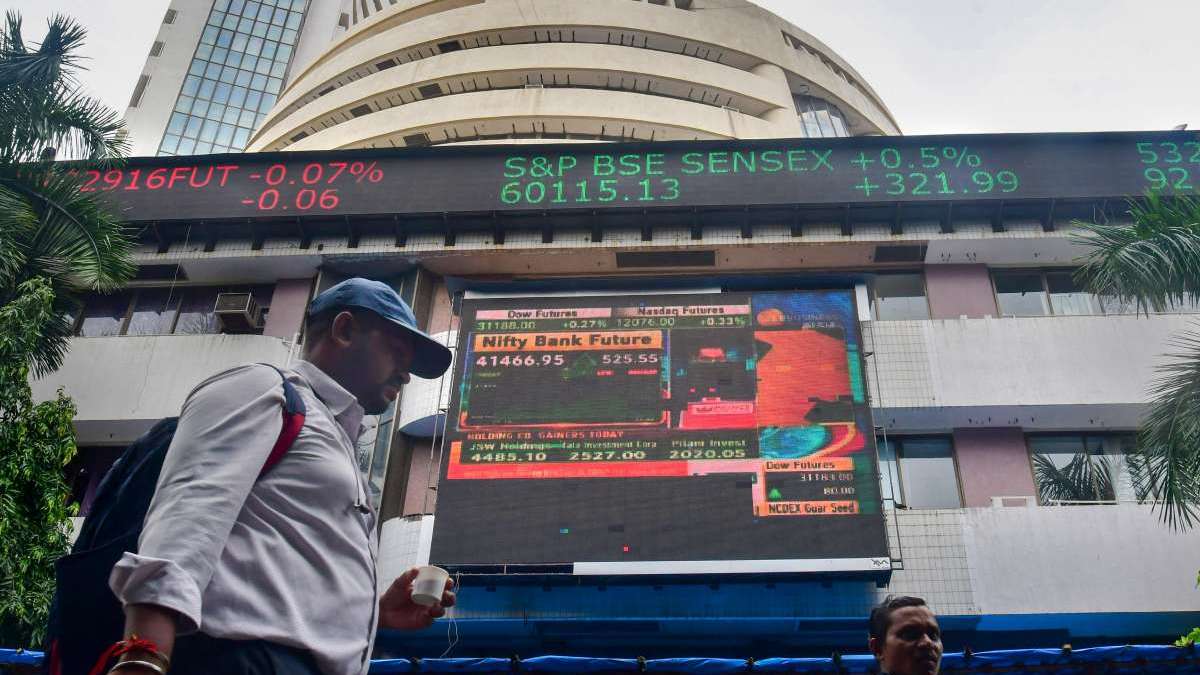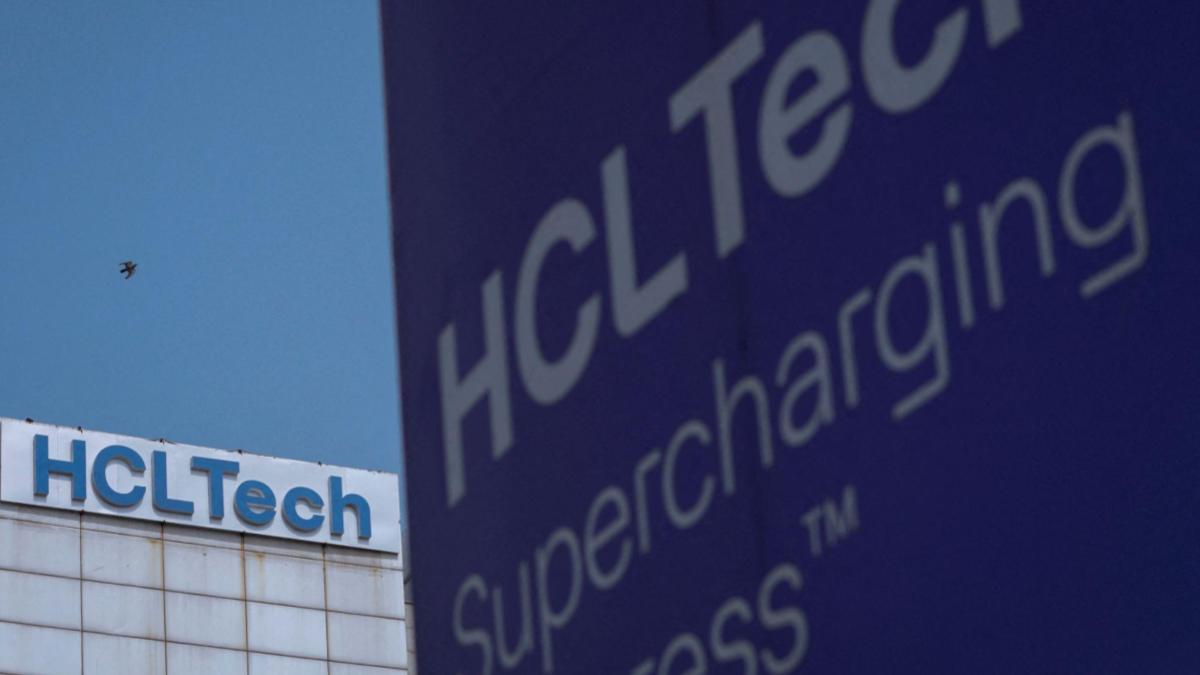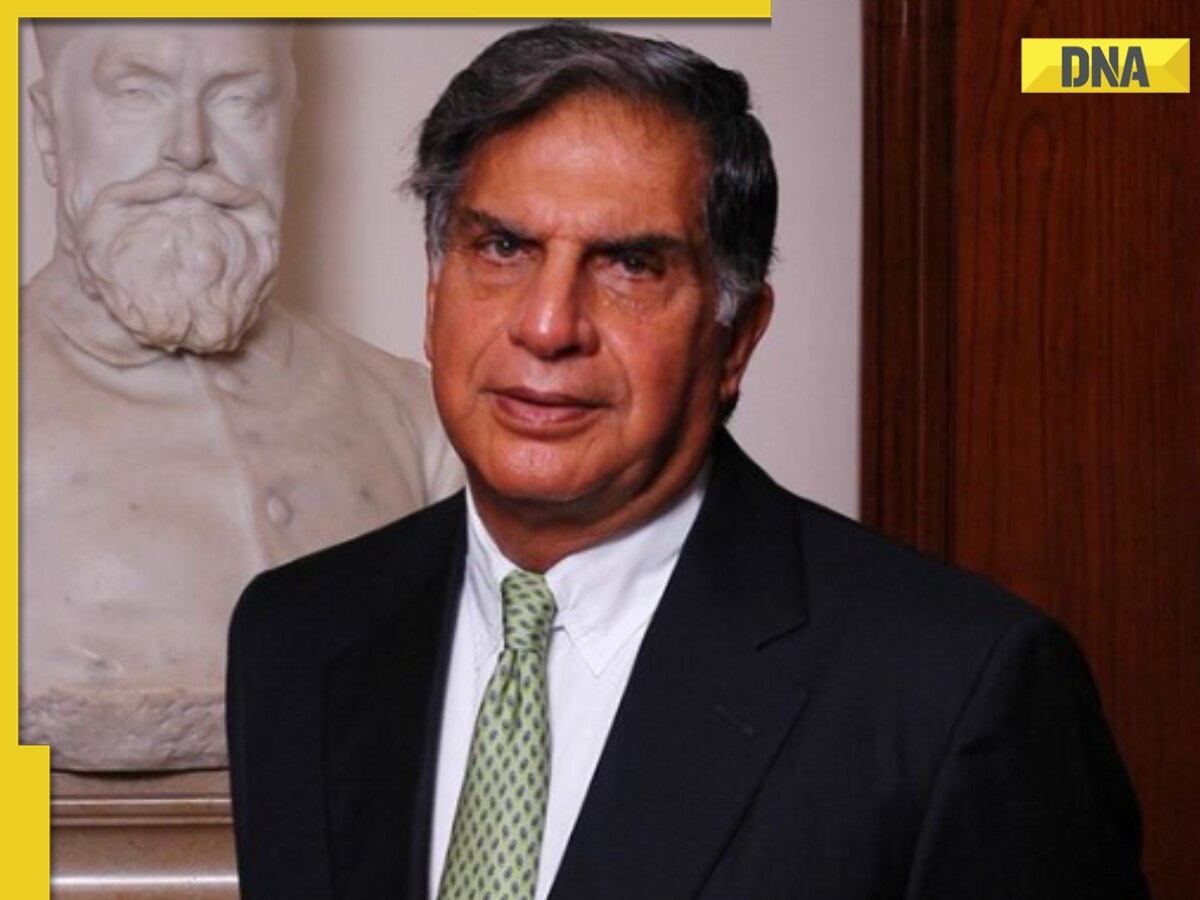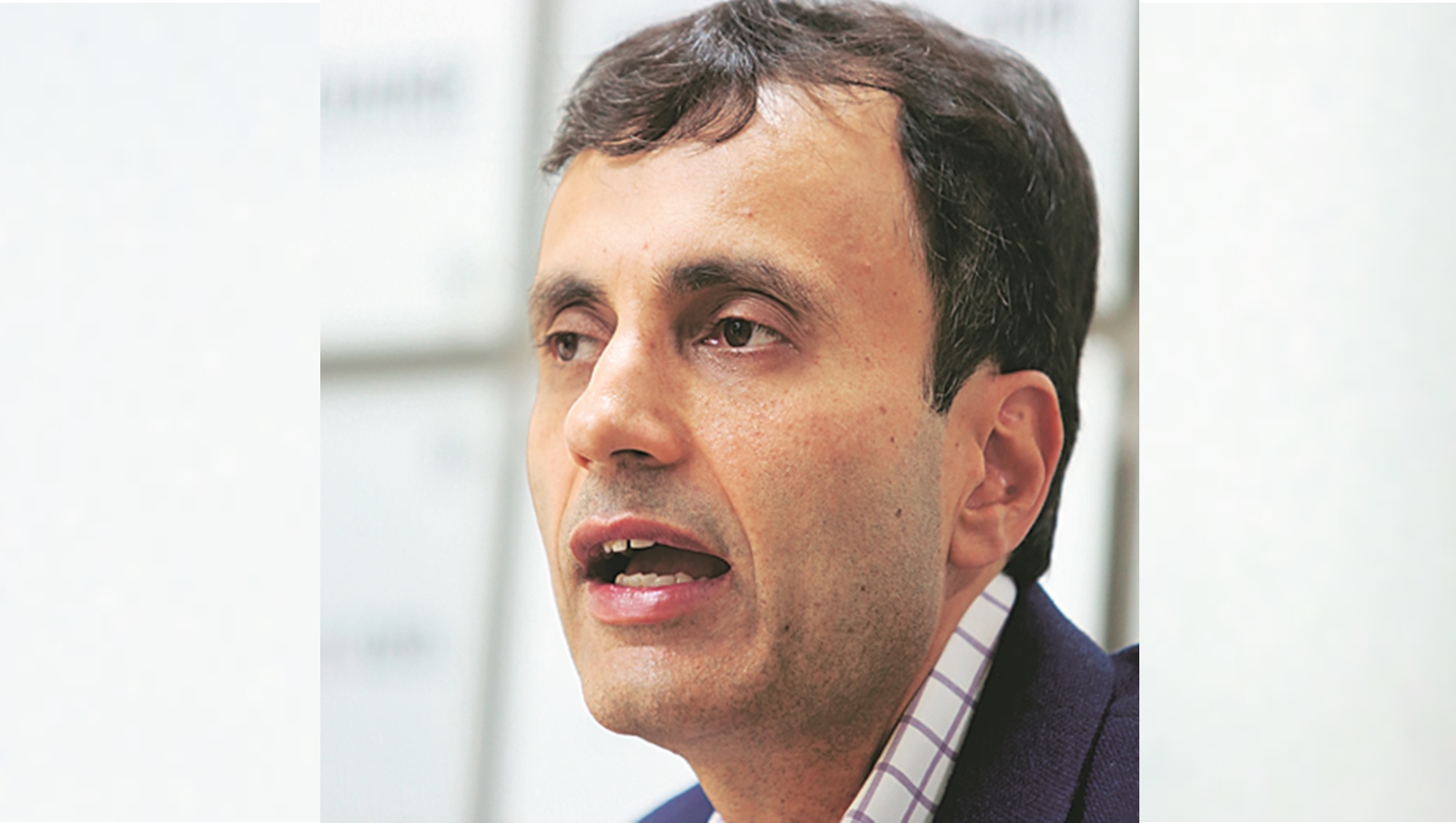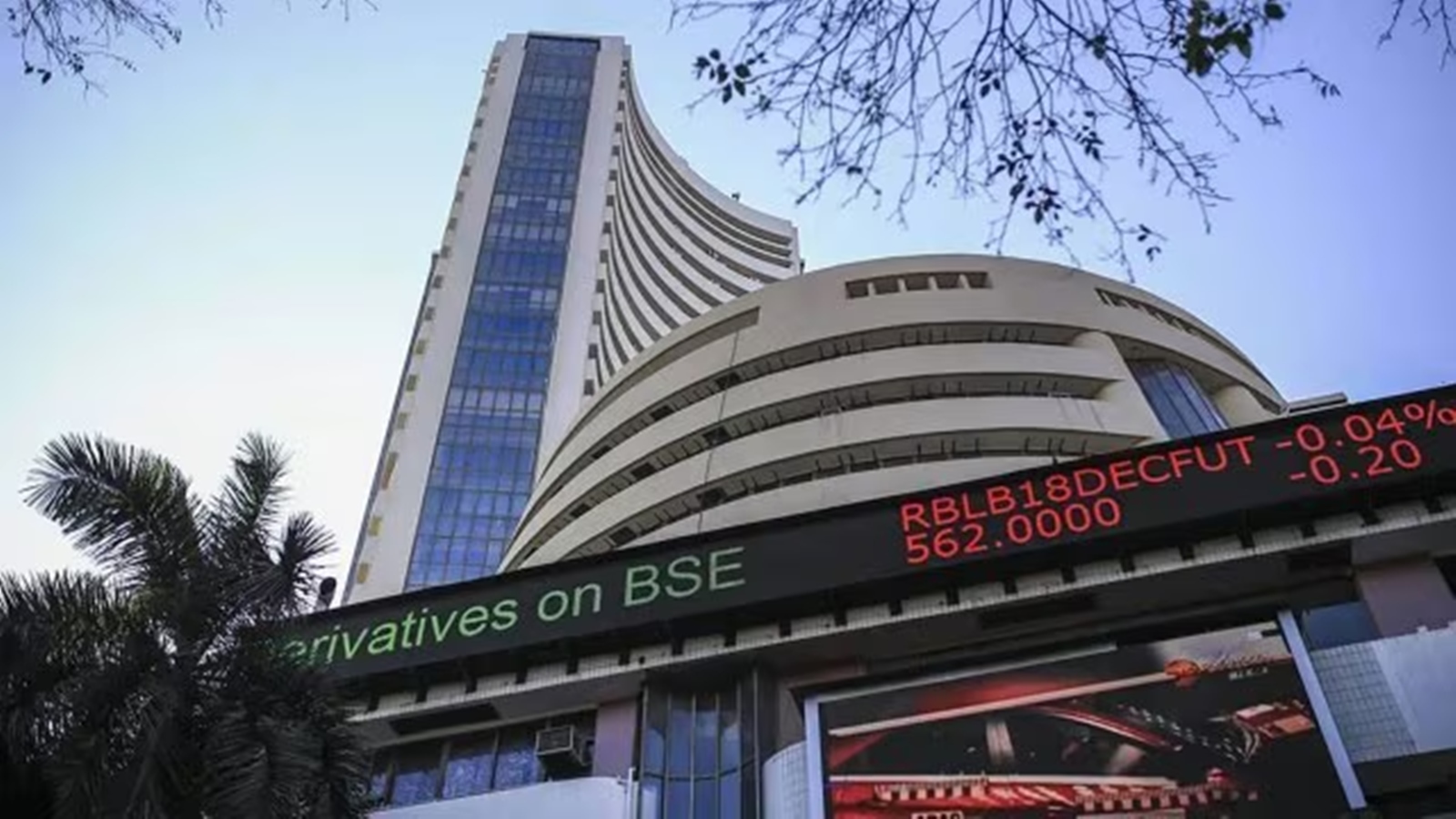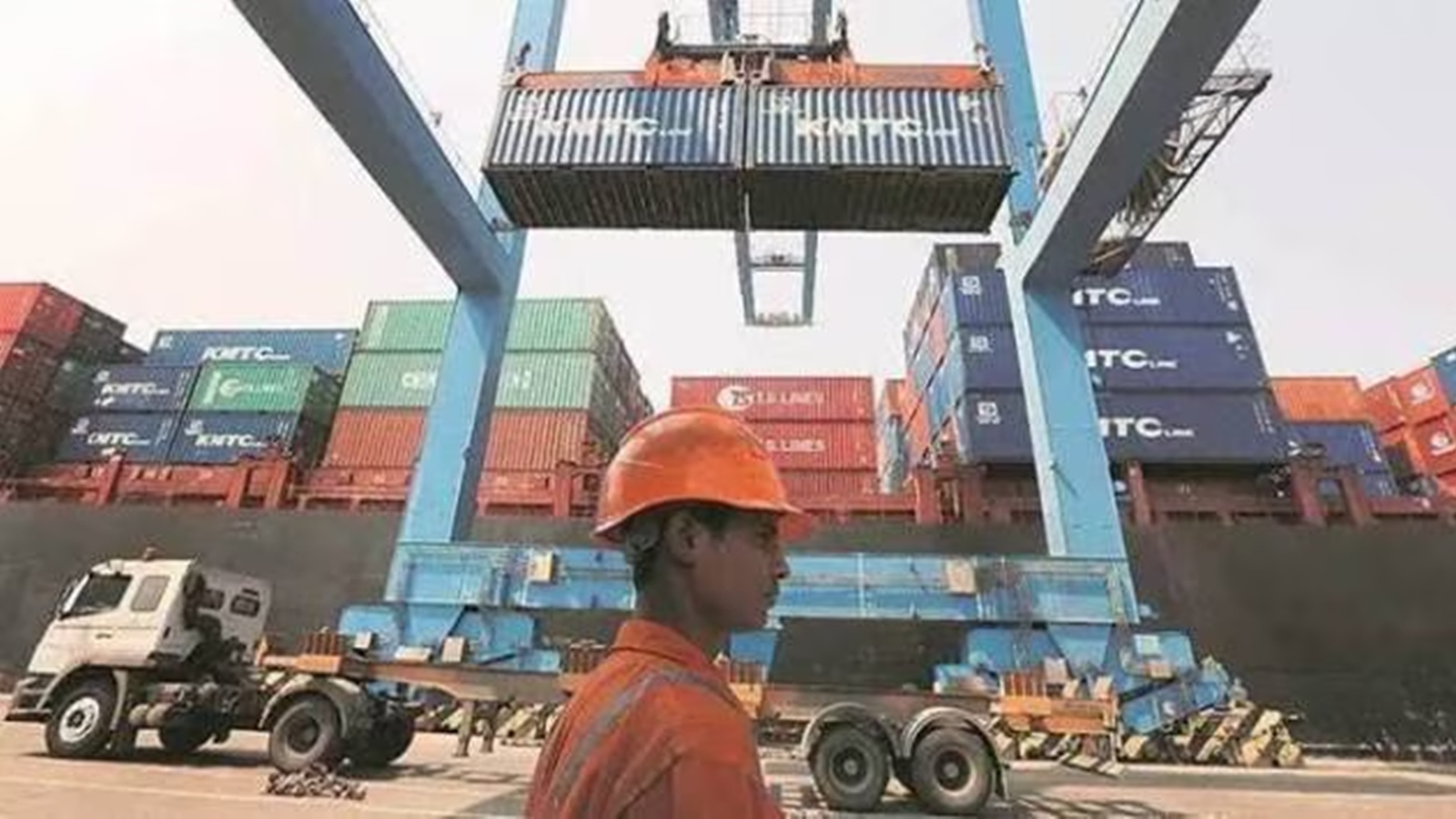India stood second just behind in the US among World Trade Organisation (WTO) members in the initiation and imposition of anti-dumping duties last year, according to a report. While India increased the use of non-tariff measures in 2023, its average tariffs during the year came down to 17% from 18.1% in 2022. In 2023 India initiated 45 anti-dumping investigations last year and implemented duties in 14 cases while the US initiated anti-dumping investigations in 64 cases and imposed extra duties in 14 cases, according to the 2024 edition of World Tariff Profiles, a joint publication of the WTO, International Trade Centre ( ITC ) and UN Trade and Development (UNCTAD). The publication released late last night in Geneva provides comprehensive information on the tariffs and non-tariff measures imposed by over 170 countries and customs territories. In total India has 133 anti-dumping measures which impact 418 products. In 2022 India was the top initiator of anti-dumping investigations at 29 among WTO members. As an exporter India was the target of 11 investigations and anti-dumping duties in 8 cases during 2023. In total India has faced anti-dumping action in 103 cases on 217 products. Anti-dumping duties protect local companies against foreign suppliers who are selling goods at prices much below their normal value. The amount of anti-dumping duty depends on the margin of dumping. In 2023 India initiated 3 countervailing investigations and implemented countervailing duties in 3 cases. Overall India has imposed countervailing duties in 17 cases covering 28 products. As an exporter India faced 4 countervailing duty investigations and action in 3 cases. In all 44 countervailing actions that cover 173 products are in force against India. Countervailing duties (CVD) applies to goods that have received government subsidies in their country of origin and due to lower prices is hurting domestic industry . The amount of CVD depends on the value of subsidies In 2023 India initiated safeguard investigation in one case and imposed extra duties in two cases. Safeguard duties are imposed in cases of surge in imports of a particular product to protect a country’s domestic industry. While Anti-dumping and CVD are country specific, safeguard duties are imposed regardless of country of export, Safeguard actions are temporary. While simple average tariffs by India have gone down, in trade weighted average terms these tariffs have gone up to 12% in 2023 from 11.4% in 2022. The trade weighted average is the average rate of duty per imported unit. Average Indian tariffs on non-agriculture imports were down to 13.5% in 2023 from 14.7 % in 2022. Agriculture tariffs on an average also went down to 39% from 39.6%. When calculated on trade weighted average terms, the agriculture tariffs went up to 65% in 2023 from 48.5% in the year prior to that. Non-agriculture tariffs on a weighted average basis came down to 9% from 9.2% in 2022. India’s final average bound tariff – maximum tariff rate it has agreed to at the WTO – is 50.8% for all products. For agriculture it is 113.1% and for non-agriculture products 36.0%. None
Popular Tags:
Share This Post:
Today's Gold Rate: സ്വർണവിലയിൽ ഇന്നും മാറ്റമില്ല; നിരക്ക് അറിയാം
- by Sarkai Info
- August 27, 2024


India and Singapore Elevate Strategic Partnership: New Pillars of Cooperation Unveiled
August 27, 2024What’s New
Spotlight
Today’s Hot
Featured News
Latest From This Week
To catch the IPO boom, law firms race to scale up capital markets practices
ARTICLE
- by Sarkai Info
- August 27, 2024
Gas demand uptick driven by power sector bumps up India’s LNG imports in April-July
ARTICLE
- by Sarkai Info
- August 27, 2024
India adds record 15 GW solar capacity during H1 2024: Mercom
BUSINESS
- by Sarkai Info
- August 27, 2024
Subscribe To Our Newsletter
No spam, notifications only about new products, updates.
Popular News
Top Picks
FSSAI withdraws order on milk products labelling
- August 26, 2024
India, Singapore pledge to cement ties in ’emerging areas’
- August 26, 2024
Will expand market: Digital lenders hail launch of ULI
- August 26, 2024



